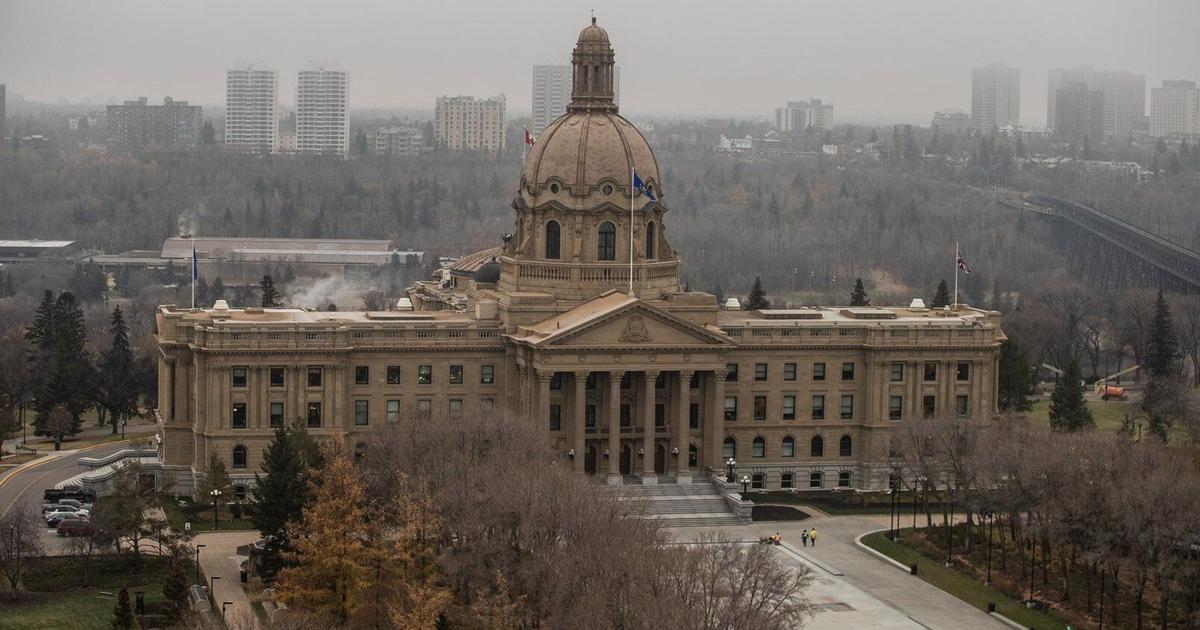In a whirlwind federal election sparked by a surprise announcement and constrained by the shortest campaign period allowed, Canada’s political parties are pouring unprecedented resources into advertising to reach diverse voters.
With the April 28 election day fast approaching, parties are leveraging multilingual and multi-platform strategies to connect with communities in their preferred languages, particularly in vote-rich regions like British Columbia and Ontario’s 905 belt.
“This is a unique election, characterized by a compressed timeline and aggressive spending on online campaigns,” says Harneet Singh, Managing Principal at EOK Consults in an interview with OMNI News.
“Parties are pulling out all the stops to maximize outreach, with over $5.6 million already spent on social media ads alone.”
The Punjabi community, numbering over one million in Canada, is a pivotal voting bloc in key ridings across B.C., Ontario’s 905 region, Calgary, and Edmonton.
Historically, the Liberal Party has enjoyed strong support from immigrant South Asian communities, but this election marks a shift. The Conservative Party of Canada has invested heavily in Punjabi-language advertising, addressing pressing community concerns like extortion, crime, and auto theft.
Data from the CPC’s Meta ad library reveals a targeted ad launched last year criticizing Liberal policies on extortion — a burning issue for the Punjabi diaspora.
The ad garnered over one million impressions, with approximately $40,000 spent, underscoring the party’s strategic focus. “The Conservatives have done a tremendous job engaging these vote-rich communities,” Singh notes. “Their tailored messaging resonates deeply in areas with a heavy Punjabi population.”
In contrast, the Liberals have scaled back on community-specific advertising, relying more on organic social media outreach. A notable example is Mark Carney’s video participating in seva at an Ottawa gurdwara during Vaisakhi, shared across his social media platforms.
“While this approach aims to connect authentically, the Liberals are noticeably behind the Conservatives in targeted advertising this time,” Singh observes.
In B.C.’s Lower Mainland, where over 60 per cent of the population is non-European and 50 per cent of the province’s federal seats are located, parties are tailoring ads to diverse communities, including South Asian, Chinese, and Filipino voters.
“The media consumed by these communities differs significantly from traditional English-language outlets,” says Kareem Allam, a partner at Metro Vancouver based Richardson Strategy Group. “Voters prefer political material in their strongest language to grasp policy nuances.”
Parties are capitalizing on Canada’s high internet penetration — over 90 per cent of the population uses the internet daily, with 70 per cent active on Facebook — to “bleed” their messages across radio, TV, and social media in languages like Punjabi and Chinese. Issues like housing affordability, taxes, and healthcare resonate universally, but targeted policies, such as foreign credentialing for professionals in South Asian, Chinese, and Persian communities, are gaining prominence in ads.
As the opposition, the Conservatives are leaning heavily on attack ads to highlight the Liberals’ decade-long record. “Attack ads remind voters of the governing party’s shortcomings,” Singh explains. However, the CPC balances this with positive messaging, outlining plans in Punjabi-language ads to appeal to specific communities.
Meanwhile, the NDP struggles to compete. “Historically, they’ve invested less in ad campaigns, and this surprise election has strained their budget further,” Singh says. With limited social media presence, the NDP lags behind, leaving the Liberals and Conservatives to dominate the ad wars.
With less than two weeks until election day, approximately 10-20 per cent of voters remain undecided, often swayed by leaders’ debates. Allam urges voters to look beyond ads, which may turn increasingly negative.
“Most parties offer in-language sections on their websites explaining key policies,” he says. “Don’t rely solely on ads — visit the Liberal, Conservative, and NDP websites to understand their platforms.”
The growing influence of Canada’s Punjabi and other ethnic communities ensures that language-specific campaigns will remain a cornerstone of future elections.
Winning key ridings in B.C., Ontario, Calgary and Edmonton is essential for any party aiming to form a government. As parties double down on digital ads in the final stretch, voters are encouraged to engage with primary sources and debates to make informed choices in this high-stakes race.



